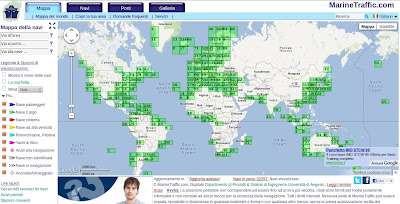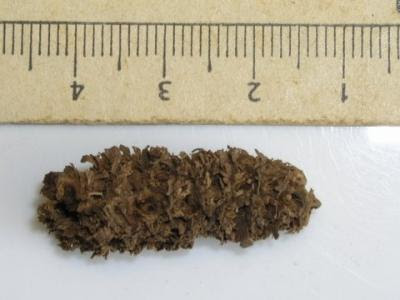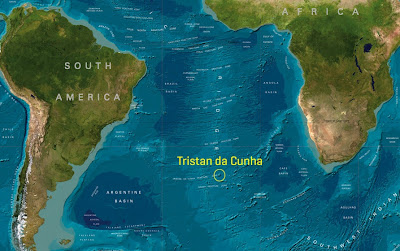Resti fossili di popcorn rinvenuti in Perù, tra le montagne Huaca Prieta e Paredone. La ricerca, pubblicata nei Proceedings of the National Academy of Sciences Preceramic maize from Paredones and Huaca Prieta, Peru il 17 gennaio 2012, è firmata da Alexander Grobman (Universidad Nacional Agraria, Lima, Perú), Duccio Bonavia (Academia Nacional de la Historia, Lima, Perú), Tom Dillehay (Department of Anthropology, Vanderbilt University, Nashville, TN), Dolores Piperno (Program in Human Ecology and Archaeobiology, Department of Anthropology, Smithsonian National Museum of Natural History, Washington), José Iriarte (Department of Archaeology, University of Exeter, United Kingdom), Irene Holst (Smithsonian Tropical Research Institute, Balboa, Republic of Panama). Abstract We report newly discovered macrobotanical and microbotanical remains of maize that shed significant light on the chronology, land race evolution, and cultural contexts associated with the crop's early movements i...
















